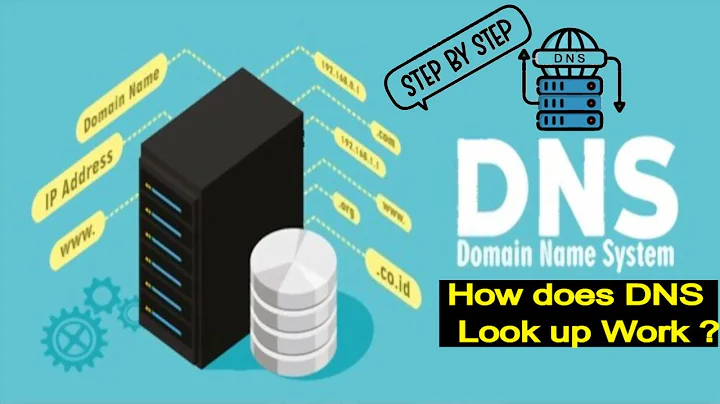DNS lookup fails after resume from sleep
Solution 1
One cause of this problem is the presence of virtual network adapters, for example the adapters that get installed with VirtualBox or VMWare.
The presence of Virtual Network Adapters for (example) VMWare or AT&T Network Client appears to cause problems with resumption of DNS operation over wireless after resume from sleep. Disabling the virtual adapters seems to allow normal networking to continue after resume from sleep.
Solution 2
Change the settings in advanced power profile properties so your LAN adapter doesn't go to sleep/power down.
This can be disabled regardless of your network adapter.
Source: Microsoft Technet
Configuring power management using the user interface
To turn power management features on or off
Open Network and Sharing Center (click the Start button, type Network and Sharing in the Start Search box, and press Enter).
Click the Change adapter settings link in the upper left of the navigation pane.
Right click the network connection you want to enable/disable power management support on and click Properties.
Click Configure.
On the Power Management tab, check or clear the Allow the computer to turn off this device to save power check box.
When checked, power management is enabled on the network adapter.
When cleared, power management is disabled on the network adapter.
Solution 3
Check whether you have multiple DNS servers listed. If you do, make sure all of them are valid. Having a mix of good and bad DNS servers can cause very inconsistent DNS behavior.
If you are getting the DNS server from a DHCP server, check whether the DHCP server is configured with multiple DNS and whether they are all correct.
Solution 4
Same in Windows 8 and 8.1: After sleep the Windows DNS client does not work properly. Open the service control, look for DNS client and restart it. DNS lookup should work again without restarting the machine.
Solution 5
If you have hamachi, maybe is the culprit, after i uninstalled it all worked again, another alternative is try to enable and disable the hamachi network adapter
Related videos on Youtube
Tim Long
Updated on September 18, 2022Comments
-
Tim Long almost 2 years
My Windows 7 Ultimate x64 PC has a strange networking issue.
When I resume from sleep, no web pages will load (other programs such as Hamachi VPN are also unable to locate their servers). If I use Google Chrome, it says that DNS lookups are failing. However, if I then open a command window and useNSLOOKUPto perform lookups for the web pages that just failed, the lookups appear to be working correctly. So the command prompt is able to perform lookups, while other applications such as web browsers are not.I can clear this problem by disabling then enabling the network adapter in 'Network and Sharing Center'. After doing this, everything works again. It's a pain to have to do that each time I resume from sleep, though.
Anyone know the cause for this, or have a suggestion for how to troubleshoot it?
-
HackToHell about 12 yearsIf he has integrated NIC, nothing can be done.
-
 HaydnWVN about 12 yearsYou can still change the power options for it as that's Windows based not adaptor based. See my amended answer above with Microsoft technet article.
HaydnWVN about 12 yearsYou can still change the power options for it as that's Windows based not adaptor based. See my amended answer above with Microsoft technet article. -
Tim Long almost 12 yearsThat's an odd situation isn't it. The point of multiple DNS servers is for redundancy, i.e. if one of them is bad, the others take over. So you're suggesting that the feature doesn't work in the presence of a bad DNS server, which renders multiple DNS servers pointless.
-
Seth Noble almost 12 yearsThe point of multiple DNS servers is only to have a fallback in the rare case that one of them is briefly inaccessible and/or to distribute the load amongst multiple systems. It is still assumed that the systems listed as DNS servers actually are DNS servers, that they will all work most of the time, and that they will not return incorrect information. When those assumptions turn out to be incorrect (whether due to servers moving or just typos), bad things can happen.
-
 DavidPostill about 9 yearsWelcome to Super User! This is really a comment and not an answer to the original question. To critique or request clarification from an author, leave a comment below their post - you can always comment on your own posts, and once you have sufficient reputation you will be able to comment on any post.
DavidPostill about 9 yearsWelcome to Super User! This is really a comment and not an answer to the original question. To critique or request clarification from an author, leave a comment below their post - you can always comment on your own posts, and once you have sufficient reputation you will be able to comment on any post.




